What Are Mainframe Modernization Companies?
Mainframe modernization companies specialize in transforming legacy systems into modern, scalable, and flexible architectures. These organizations assist enterprises in updating their core systems to align with modern technological trends, ensuring improved performance, reliability, and integration capabilities.
They enable the transition from outdated infrastructure to modern cloud or hybrid environments, optimizing operational efficiency while retaining critical system functionalities. By leveraging automation, cutting-edge tools, and expertise, these companies ensure a cost-effective migration and reduced downtime. Their services often include system analysis, cloud integration, application refactoring, and operational support.
Why Mainframe Modernization Is Critical
Mainframe modernization addresses several pressing issues faced by organizations relying on legacy systems:
- Rising maintenance costs: Legacy mainframes incur high expenses due to outdated hardware, specialized software, and the scarcity of skilled personnel proficient in languages like COBOL and PL/I.
- Integration challenges: Older systems often lack compatibility with modern technologies, hindering seamless integration with contemporary applications and services.
- Scalability limitations: Traditional mainframes may struggle to scale efficiently to meet increasing business demands, affecting performance and responsiveness.
- Security vulnerabilities: Aging systems might not support current security protocols, exposing organizations to potential breaches and compliance issues.
- Talent shortage: The pool of professionals experienced in maintaining and developing legacy systems is diminishing, making it challenging to support and evolve these platforms.
Modernization initiatives aim to overcome these challenges by:
- Reducing operational costs: Transitioning to modern platforms can lower expenses associated with hardware, licensing, and specialized personnel.
- Enhancing integration capabilities: Modern systems enable better interoperability with current technologies, enabling more agile and responsive business operations.
- Improving scalability and performance: Updated architectures support dynamic scaling and improved processing power to handle growing workloads effectively.
- Strengthening security and compliance: Modern platforms are designed with advanced security features and compliance support, mitigating risks associated with data breaches and regulatory non-compliance.
- Addressing talent gaps: By adopting widely-used modern technologies, organizations can tap into a larger talent pool, ensuring better support and innovation capabilities.
Related content: Read our guide to legacy system modernization
Mainframe Modernization Platforms
1. Swimm
Swimm’s Application Understanding Platform helps solve one of the biggest challenges in modernization – the lack of understanding of existing applications. Swimm is able to be deployed in highly secure environments and uses deterministic static analysis and generative AI to produce proven, reliable and cost-effective insights.
Key features include:
- Business rule extraction: Accurately extracts all the business rules and logic in the codebase.
- Architectural overviews: Finds and explains the component architecture of the application and breaks down programs, jobs, flows and dependencies.
- Natural language: Turns vague program and variable names into descriptive names for quickly understanding connections and flows.
- Customizable support: Supports complex and proprietary implementations of COBOL, CICS, and PL/I through language parsers and company specific plug-ins.
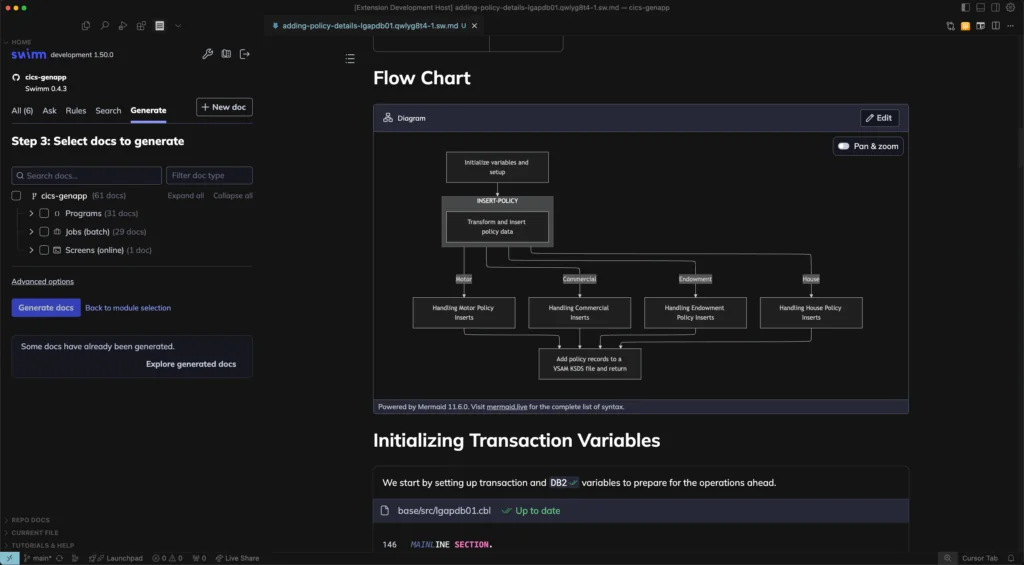
2. IBM
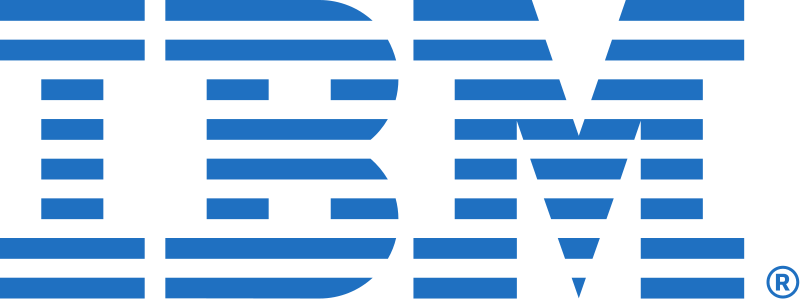
IBM offers a suite of solutions to help enterprises transform legacy systems into cloud-ready platforms. Through its modernization services, IBM enables organizations to unlock new business value from existing mainframe investments while reducing technical debt and operational inefficiencies.
Key features include:
- Application improvement and extension: Modernizes legacy apps by adding features, boosting performance, and integrating modern interfaces like mobile and web.
- Hybrid cloud integration: Uses open APIs and event-driven architecture to connect mainframe systems with cloud services and microservices platforms.
- Data modernization: Transforms legacy data structures for real-time access, enabling advanced analytics and seamless data sharing.
- DevOps integration: Supports CI/CD pipelines, automated testing, and observability to simplify development and improve time-to-market.
- AI-driven capabilities: Empowers intelligent decision-making at scale using integrated AI tools like IBM Machine Learning for z/OS.
3. AWS
AWS is a major player in mainframe modernization, offering a managed cloud-native service to migrate, modernize, test, and operate mainframe applications on the AWS cloud. The AWS Mainframe Modernization platform provides replatforming and automated refactoring options, enabling enterprises to move legacy workloads to the cloud.
Key features include:
- Fully managed runtime: Provides a cloud-native, fully managed environment for running modernized mainframe applications.
- Automated refactoring: Uses AWS Blu Age to transform legacy applications into modular, Java-based services using modern frameworks and DevOps practices.
- Replatforming support: Enables COBOL and PL/I applications to run on modern infrastructure with integrated Micro Focus and NTT DATA toolchains, preserving core logic while modernizing operations.
- Application testing at scale: Offers automated, cloud-native functional validation to accelerate modernization testing and reduce cost and risk.
- Data integration and file transfer: Supports near real-time data replication (via Precisely) and seamless file transfer (via BMC), enabling improved interoperability with cloud services.

Source: Amazon
Mainframe Modernization Professional Services
4. Kyndryl
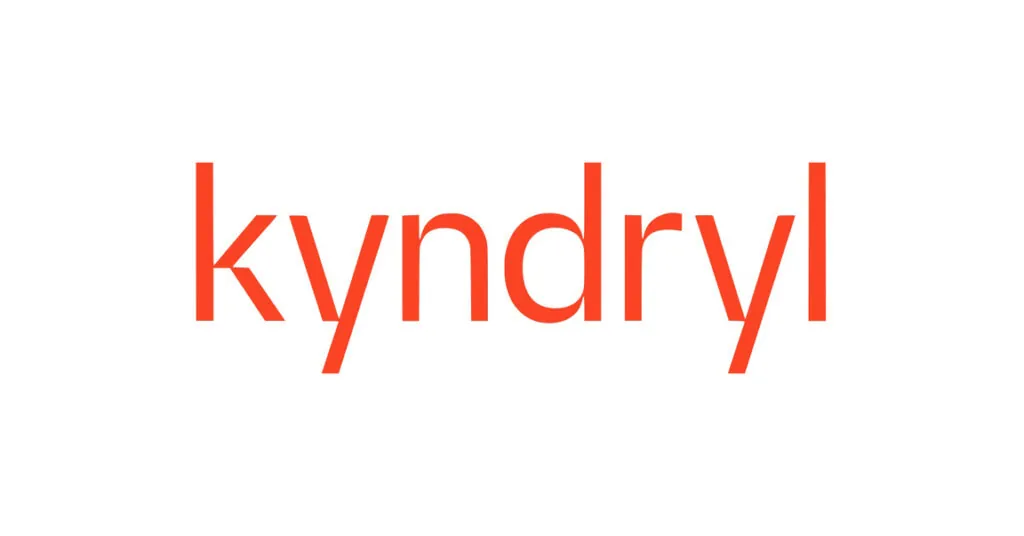
Kyndryl offers mainframe modernization services designed to support every cloud strategy, with a focus on hybrid IT environments. By combining deep mainframe expertise with advanced technologies such as AI, generative AI, and automation, Kyndryl helps organizations modernize applications, infrastructure, and data systems.
Through strategic partnerships with major hyperscalers like Microsoft and Google Cloud, Kyndryl enables seamless integration and migration paths that unlock greater agility, innovation, and return on investment.
Key features include:
- Hybrid cloud optimization: Transforms mainframe environments to align with hybrid cloud strategies, leveraging tools like Kyndryl Bridge for real-time visibility and operational insights through AIOps.
- AI and automation-driven modernization: Integrates generative AI and automation to accelerate application transformation, simplify operations, and improve decision-making.
- Tailored migration paths: Offers multiple migration routes including COBOL conversion, rehosting, and full off-mainframe transitions to platforms like Microsoft Azure and AWS.
- Application and data integration: Enables integration with hyperscalers, allowing organizations to unlock new business value from their entire data estate.
- DevOps and DevSecOps enablement: Modernizes on-platform by implementing agile development practices to improve efficiency, security, and alignment with cloud-native workflows.
5. Deloitte

Deloitte offers mainframe modernization services that align with business strategy, aiming to future-proof organizations. Their approach combines top-down strategy with bottom-up technical analysis, focusing on helping organizations overcome challenges such as rising operational costs, talent shortages, and limited adaptability by offering flexible modernization paths.
Key features include:
- Tailored modernization paths: Offers three core approaches—strategic innovation, risk-minimized migration, and transition to commercial or SaaS platforms.
- Comprehensive assessment: Combines functional (top-down) and technical (bottom-up) evaluations to map application dependencies, business capabilities, and modernization readiness.
- TruNorth assessment tool: Provides a visual “cockpit view” of systems and dependencies to support decision-making, cut monoliths into microservices, and plan phased modernization strategies.
- Automated migration with innoWake: Uses an automated platform to convert legacy code and migrate applications to the cloud.
- Hybrid coexistence strategy: Supports phased modernization by enabling modern and legacy systems to run concurrently with developed integration points.
6. DXC Technology
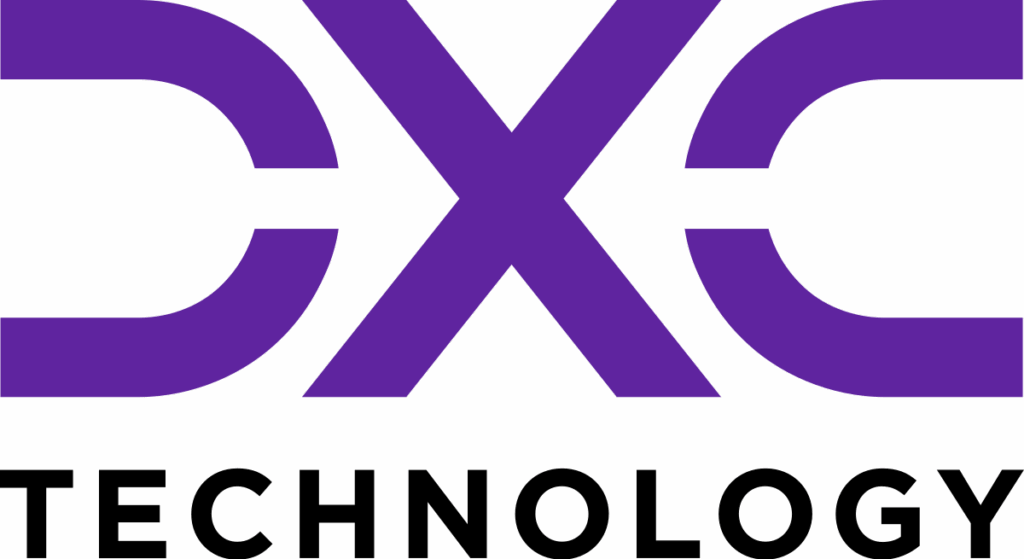
DXC Technology provides mainframe modernization services that simplify and optimize legacy environments. With over 5,000 experts, it supports modernization through assessments, automated transformations, and cloud migration strategies.
Key features include:
- Mainframe assessment: Conducts a holistic evaluation of the mainframe landscape, offering modernization paths that align with business and IT goals.
- Expert-led execution: Employs a global team of 5,specialists to manage infrastructure and applications around the clock.
- Automation for cost reduction: Leverages automation to simplify processes, leading to up to a reduction in application management costs.
- High-volume transformation: Modernizes thousands of workloads annually, with over one million MIPS managed and hundreds of successful migrations.
- Modern infrastructure migration: Assists clients in moving from legacy systems to modern platforms that improve reliability and agility.
7. HCLTech

HCLTech’s mainframe modernization services help organizations modernize legacy systems while maintaining operational stability. Their strategy focuses on hybrid cloud adoption, leveraging existing mainframe assets in tandem with modern cloud-native technologies.
Key features include:
- Business-centric modernization: Prioritizes business capabilities and adopts an incremental strategy to modernize mainframe systems.
- Hybrid cloud enablement: Supports co-location of workloads and integration with cloud-native platforms.
- Integrated transformation approach: Offers a spectrum of modernization methods—revitalization (in-place), cloud-native deployment on IBM Z, rehosting, and full application transformation.
- Low-risk execution: Ensures functional continuity and operational stability by modernizing in stages and preserving core business logic during transformation.
- In-place modernization: Enables updates to existing applications without migrating them off the mainframe.
8. Apexon
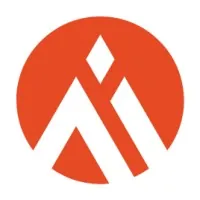
Apexon offers AI-powered, cloud-ready mainframe modernization services that help organizations transform legacy systems into scalable architectures. Their methodology focuses on extracting core business logic from monolithic applications and incrementally migrating them to cloud-native platforms, minimizing disruption and preserving business continuity.
Key features include:
- AI-driven transformation: Utilizes GenAI models for reverse engineering, code refactoring, and business rule extraction to simplify modernization efforts and preserve institutional knowledge.
- Modular, phased modernization: Avoids “lift-and-shift” pitfalls by decomposing legacy systems and enabling progressive modernization that supports continuous business operations.
- Rehosting & reengineering: Moves workloads to modern platforms using automated testing and infrastructure orchestration while refactoring code.
- Native cloud migration: Converts COBOL, PL/I, and other legacy languages to API-first, microservices-based architectures built on cloud-native stacks like Java or Go.
- Data modernization: Migrates IMS DB, DB2, and VSAM datasets to modern databases, improving analytics capabilities and cost-efficiency through AI-assisted processes.
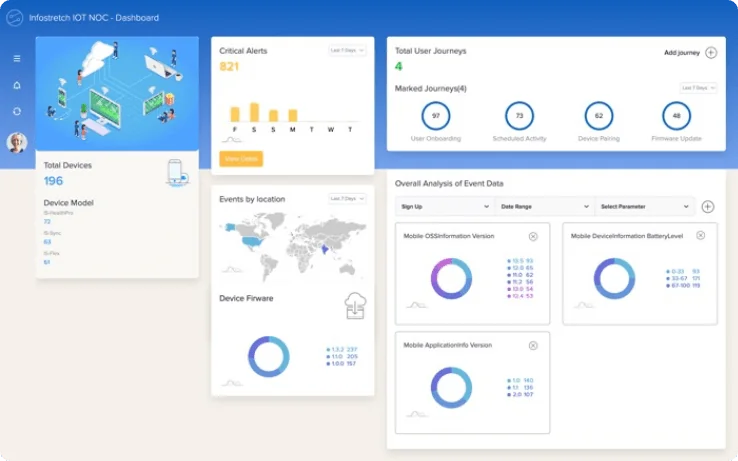
Source: Apexon
Evaluation Criteria for Modernization Companies
Here are some of the most important aspects to consider when choosing a mainframe modernization company.
1. Technical Expertise
Companies should possess proven experience in handling legacy systems such as COBOL, PL/I, Assembler, and mainframe databases like IMS and DB2. Equally important is proficiency in modern architectures, programming languages, and frameworks—such as Java, .NET, Kubernetes, and microservices.
Look for vendors with certified professionals, demonstrated mainframe-to-cloud migration success stories, and a strong portfolio of modernization projects across different industries. Domain expertise in financial services, healthcare, or government can also be a differentiator, especially when handling industry-specific compliance and performance requirements.
2. Tooling and Automation
Effective modernization companies rely heavily on automation to reduce manual intervention, minimize risk, and accelerate timelines. Key capabilities include automated code analysis, reverse engineering, refactoring, testing, and deployment.
Vendors should offer proprietary or integrated third-party tools for assessing application dependencies, generating refactored code, and executing phased migrations. Platforms such as AWS Blu Age, IBM zRefactor, or Micro Focus Enterprise Suite are examples of widely used modernization toolchains.
3. Security and Compliance
Modernizing mission-critical systems demands strict adherence to security standards and regulatory compliance. Service providers must demonstrate robust security practices that span the entire modernization lifecycle—from source code analysis to data migration and cloud deployment.
Capabilities should include secure data handling, encryption, access controls, audit logging, and vulnerability scanning. Experience with regulatory frameworks such as HIPAA, PCI-DSS, GDPR, and FISMA is essential, particularly for sectors with stringent compliance needs. Vendors should also support security integration with CI/CD pipelines and DevSecOps practices to ensure ongoing protection in production environments.
4. Scalability and Performance
Providers must design systems that accommodate future growth, handle variable workloads, and ensure consistent performance across hybrid environments. This includes optimizing modernized applications for cloud-native environments, leveraging horizontal scaling, containerization, and orchestration with platforms like Kubernetes or OpenShift.
Performance benchmarking during and after migration is essential. Leading companies implement automated performance testing frameworks and continuously monitor metrics like response times, throughput, and system resource utilization. Ensuring that modernized systems match and exceed legacy performance benchmarks is key to long-term ROI.
Related content: Read our guide to mainframe modernization tools
Conclusion
Mainframe modernization is a necessity for organizations aiming to remain agile and competitive. By modernizing legacy systems, enterprises can unlock greater business value, improve operational efficiency, and improve their digital capabilities. Beyond cost savings, modernization enables seamless integration with modern platforms, supports emerging technologies like AI and analytics, and ensures compliance with evolving regulatory standards.